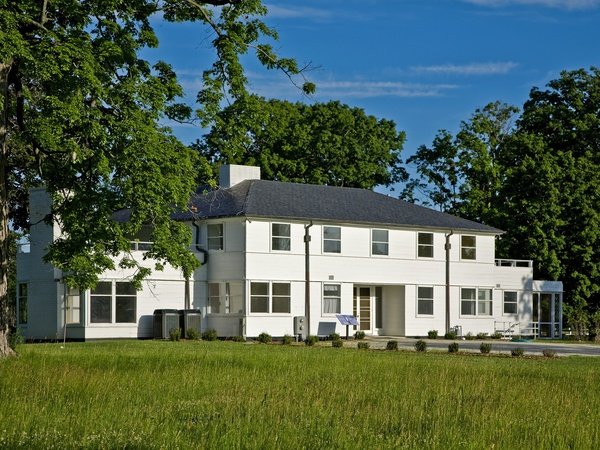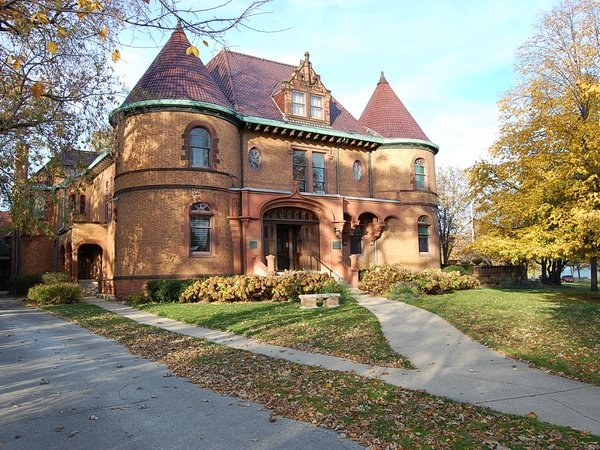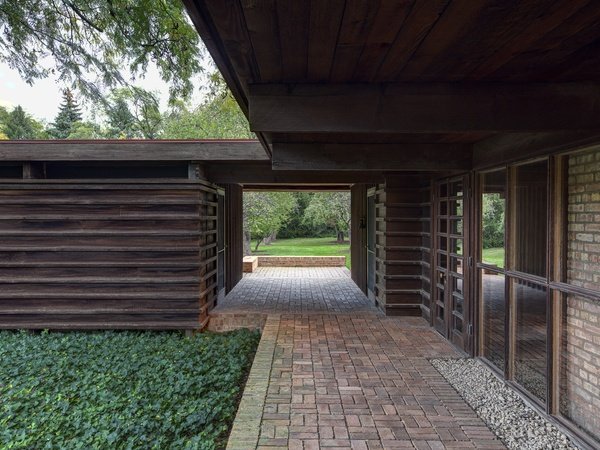Politics
-

Cold War
Adlai Stevenson II Historic Home
As fear of communism gripped the nation in the mid-20th century, Adlai Stevenson's was a voice for disarmament and against McCarthyism. Through indoor and outdoor exhibitions, our visitors learn about the Stevenson family's significant involvement in American politics.
-

“Common Sense” Politician
Evanston History Center at the Charles Gates Dawes House
Dawes’s political involvement began with his work on William McKinley’s presidential campaign and carried through six presidential administrations, two World Wars, economic depression, and recovery. Running his own campaign on the slogan “Common Sense,” once in office he fought to eliminate the Senate filibuster.
-

“Do Everything”
Frances Willard House Museum
Frances Willard recognized, developed, and implemented the Woman’s Christian Temperance Union as a political organizing force. Under her leadership, the organization increasingly advocated for broad social as well as political change. Willard called this wide program of reform her “Do Everything” policy.
-

Challenging Assumptions
National Public Housing Museum
Across the globe, public housing has been one of the most important public policies of the 20th century. In America, despite the problems these communities experienced, these programs enabled most residents to get their feet on the ground and move on.
-

Doomsday Clock
Schweikher House
Despite the fact that resident and physicist Alexander Langsdorf worked on the Manhattan Project, he remained opposed to using nuclear weapons, eventually helping to form the Bulletin of the Atomic Scientists. His wife Martyl designed the famous Doomsday Clock for the bulletin's June 1947 issue, which counts down the time to nuclear annihilation.

